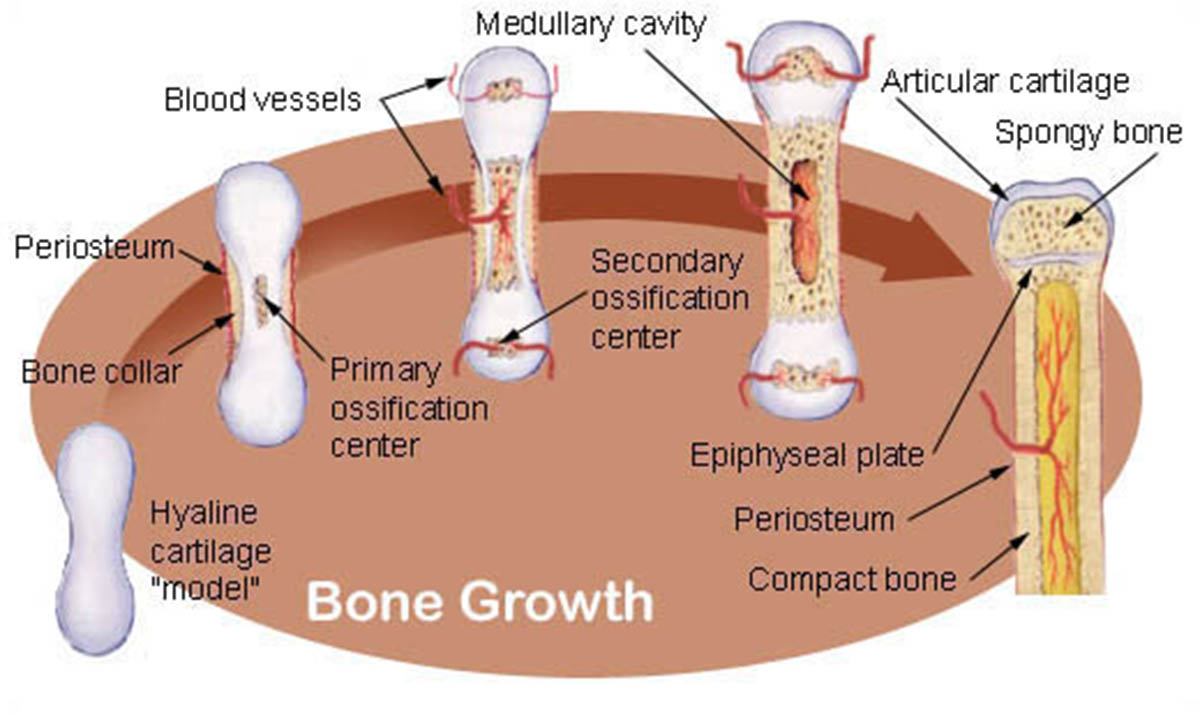
Bone Cancer
Bone cancer can be a primary or secondary. Primary meansthat cancerous changes are located in the bone tissue. Secondary ormetastasized cancer is the cancer that has spread from some other organ tumor tothe bone. There are also different types of bone cancers, depending on the partof the bone affected by the tumor. These include: osteosarcoma, fibrosarcoma,Ewing’s sarcoma, and chordoma, etc.
Symptoms
The symptoms of the bone cancer in stage 4 include tumors ofany size (usually they are more than 5cm in size). Cancer has usually spread topatients’ lymph nodes and other organs in the body (which is also known asmetastasis). Most commonly, patients are prone to bone fractures and experiencepain and swelling in the joints and bones, movement problems, fever, sweating,fatigue and unexplained weight loss. All body functions are affected at stage 4of the bone cancer.
Therapy
Good news is that even at this stage (stage 4) bone cancercan be treated. Common therapy options are radiation and chemotherapy, but somespecialists might also include pain killers and other medications to help thepatients relieving the symptoms.
Patients are treated with medication and therapy, but, asthe studies show, the most successful recovery were patients with the emotionalbackup and support.
Prognosis of the Bone Cancer Stage 4
In the US alone, there are more than 2.000 new bone cancercases every year, and some 15% of all diagnosed bone cancers are found in stage4. With the new medications patients with the advanced bone cancer now can betreated and there are better chances of recovery for them.
There are various elements that affect the prognosis andlife expectancy of bone cancer patients. It is important to take intoconsideration the general health condition, age and psychological condition ofthe patient. For the recovery, important are duration and severity of thecancer symptoms, location, size and type of the cancer, if the cancer metastasized, if it responds to radiation and/or chemotherapy, etc. Many various factors cancontribute to the chances of successful recovery from the bone cancer,including the sex, race and other genetic factors.
90% of the bone cancer patients survive for 5 years or more,if the tumor is small and localized. Chances of recovery are drasticallydecreased when the cancer has spread to other organs in the body, and only 60% ofthe patients survive for 5 years.
Generally speaking the bone cancer stage 4 patient has about32% chances to survive.

















Your thoughts on this
Loading...